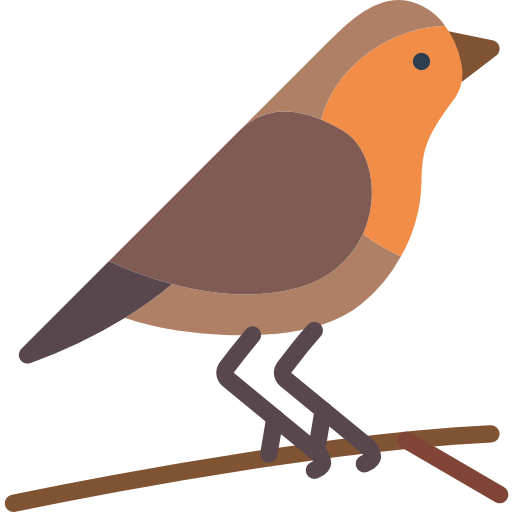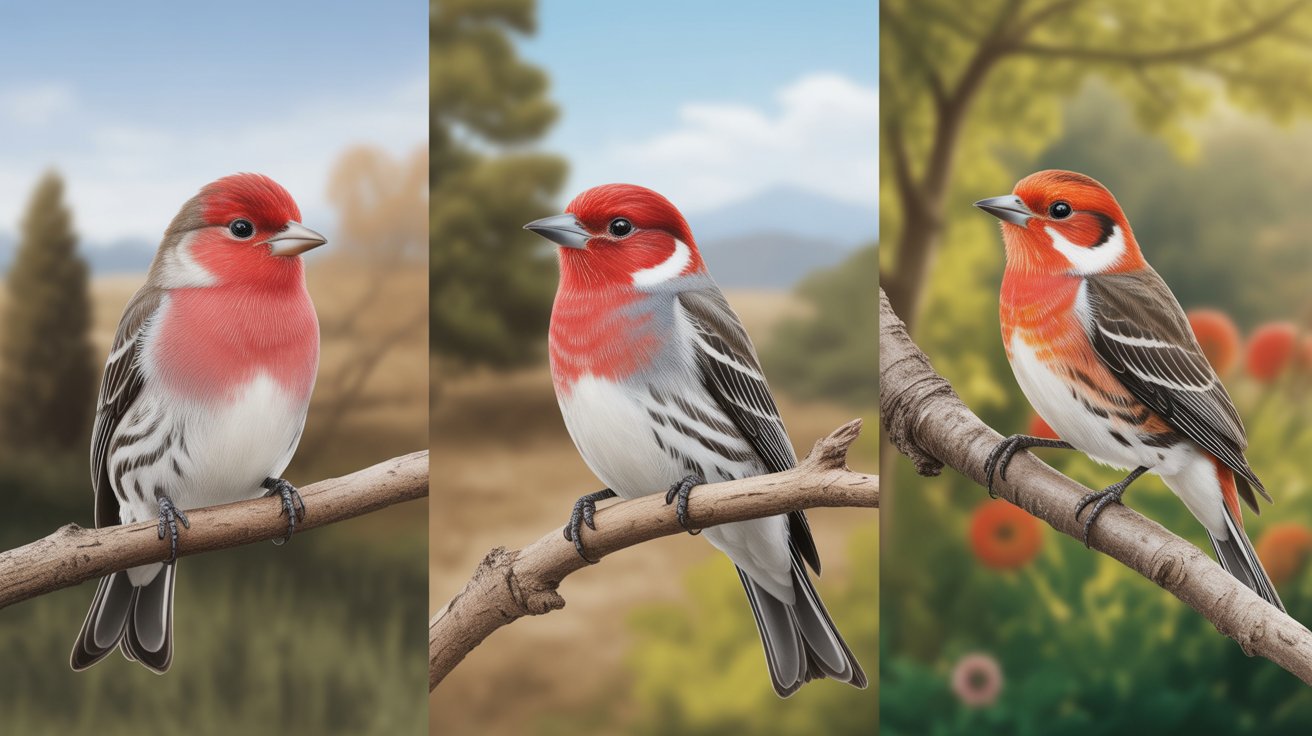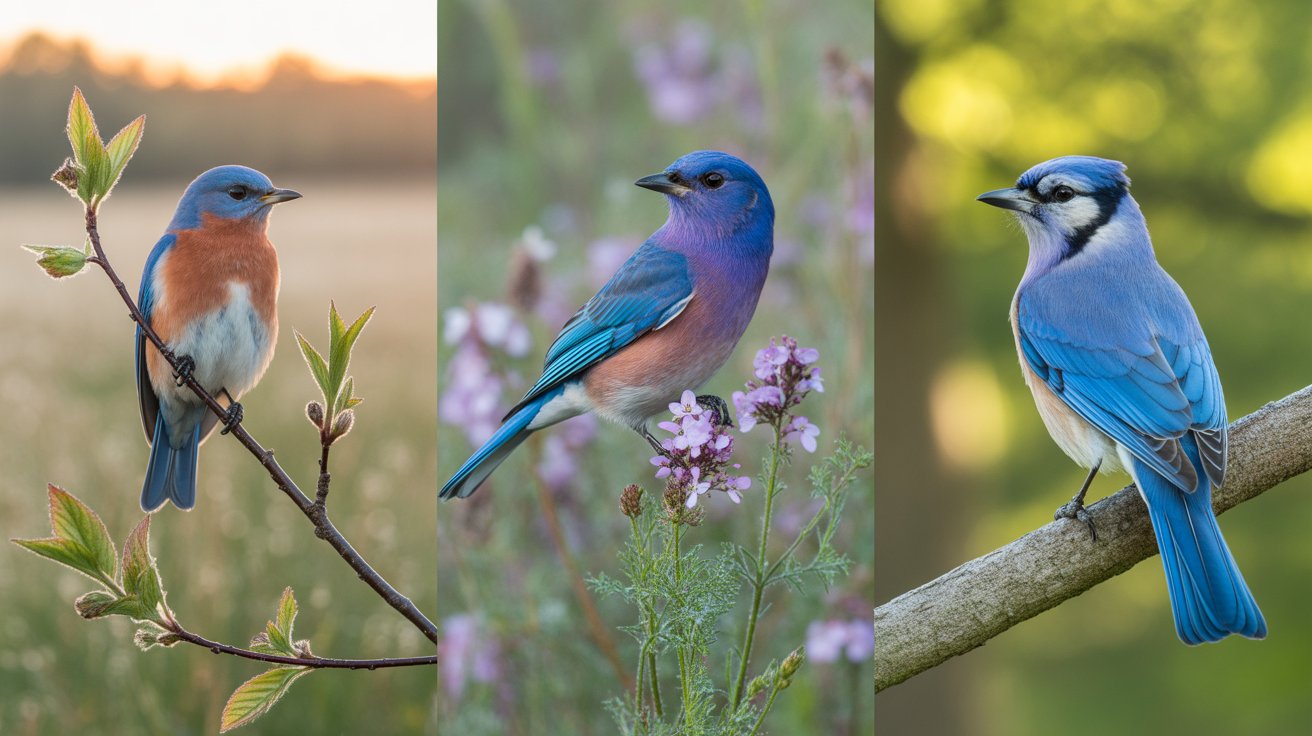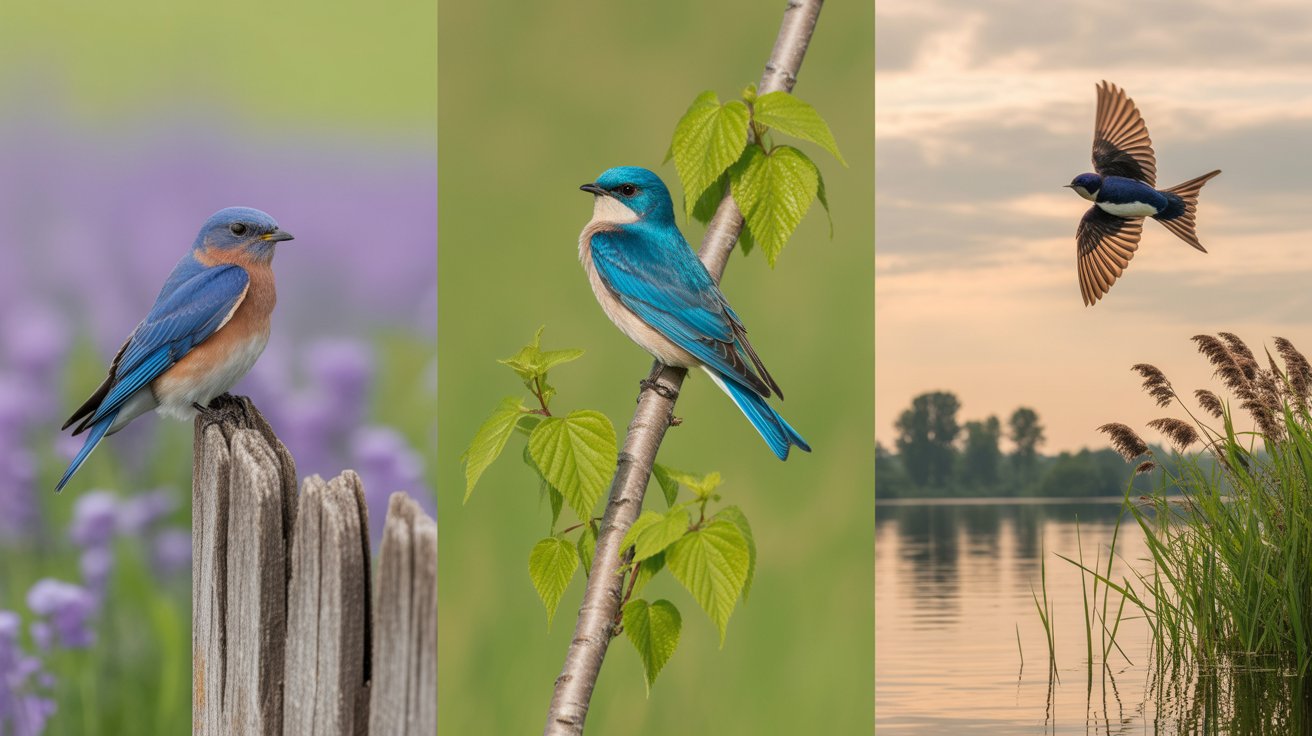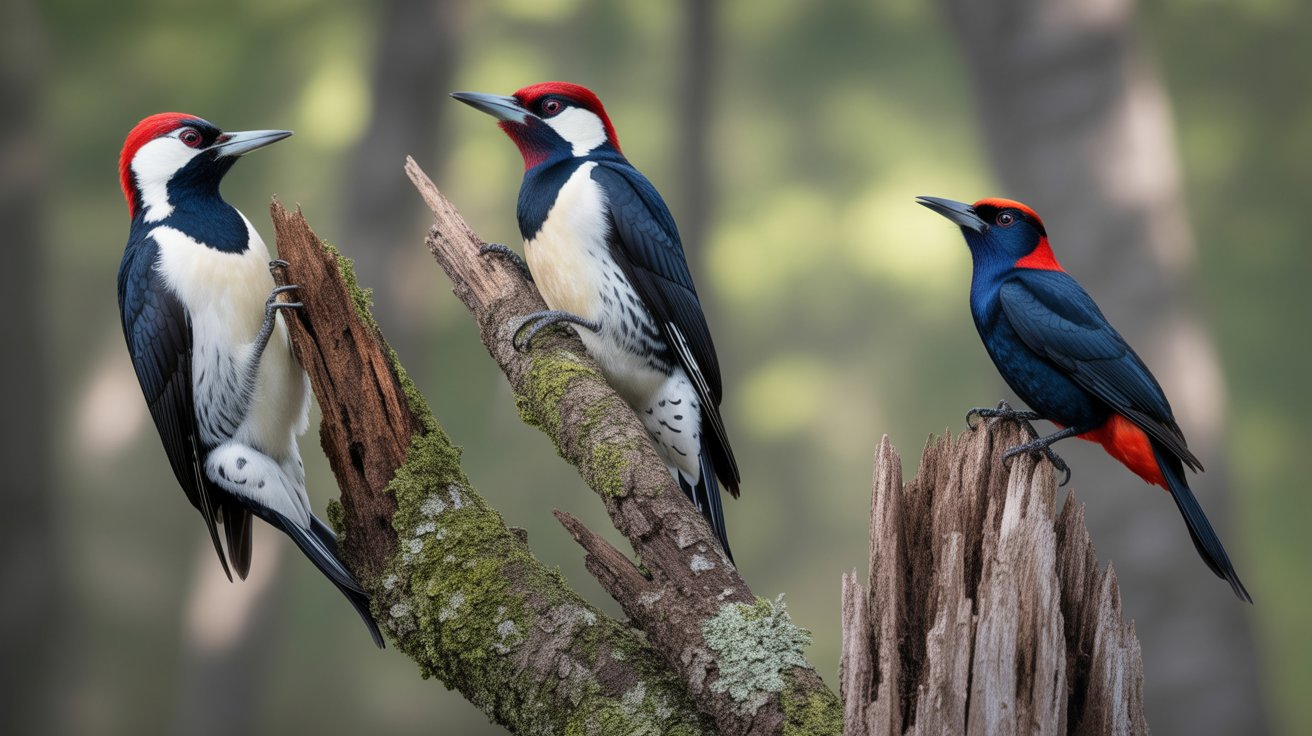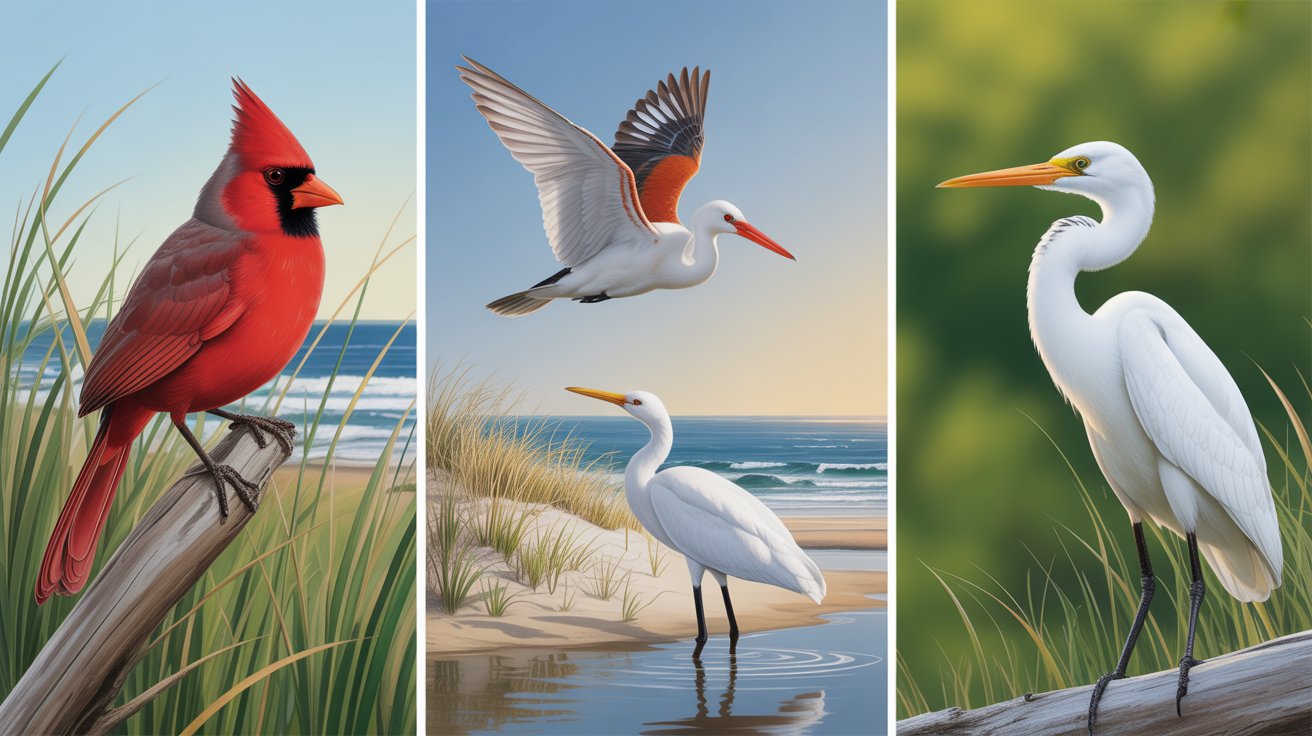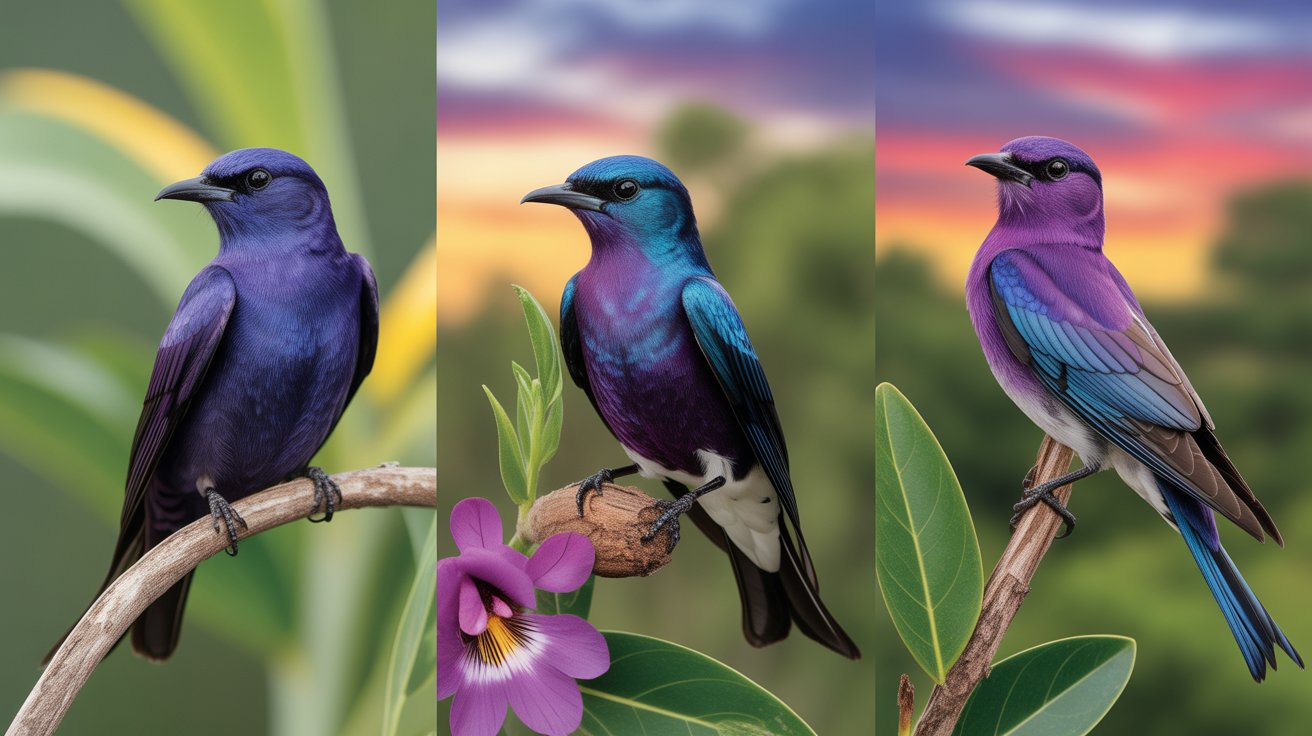If you’re looking to bring a splash of vibrant yellow and cheerful song to your backyard, the American Goldfinch is a perfect visitor to welcome. Known for their striking appearance and pleasant melodies, these charming birds are favorites among birdwatchers and nature lovers alike. The good news? Attracting goldfinches to your backyard isn’t as complicated as you might think — it just takes a bit of planning and some thoughtful choices.
You don’t need a sprawling garden or expensive bird feeders to create a goldfinch-friendly environment. With the right mix of food, shelter, water, and nesting opportunities, you can turn even a modest outdoor space into a goldfinch paradise. These finches are most active during late spring through early fall, especially when the males show off their bright yellow plumage. That’s the best time to put your efforts into motion.
This guide will walk you through everything you need to know to attract and keep American Goldfinches in your yard, from understanding their basic needs to implementing specific steps that make your backyard irresistible to them. We’ll cover the types of feeders and food they love, the plants that provide both shelter and seed, and how to create a peaceful space that encourages these birds to linger.
Ready to bring more goldfinches into your life? Let’s dive in.
Contents
How to Attract American Goldfinches to Your Backyard
Basic Needs of American Goldfinches
Before diving into the how-tos, it’s crucial to understand what American Goldfinches need to survive and thrive. Meeting these basic needs is the first step in attracting them to your yard.
1. Food
Goldfinches are granivores, meaning they mainly eat seeds. Their favorite is Nyjer (thistle seed) — a tiny black seed that’s high in oil and nutrients. They also enjoy sunflower seeds (especially black-oil sunflower seeds), dandelion seeds, and seeds from native plants like coneflowers and milkweed.
Providing a reliable and clean food source year-round will help keep goldfinches coming back. During winter, they may also visit feeders more often, as natural seed sources become scarce.
2. Water
Like all birds, goldfinches need a fresh source of water for drinking and bathing. A shallow birdbath with gently sloping edges works well. Adding a dripper or fountain can make the water even more attractive by creating movement and sound.
3. Shelter
American Goldfinches prefer open spaces but still need protection from predators and harsh weather. Native shrubs, dense trees, or tall flowering plants provide great cover. Think of plants like coneflowers, bee balm, or thistles that provide both food and shelter.
4. Nesting Sites
Goldfinches nest later in the summer than most birds, timing their breeding with the peak of seed production. They build cup-shaped nests in shrubs or trees, often using plant fibers. You won’t need to provide nesting boxes, but offering native plants and fiber-rich materials can encourage them to stay and raise their young.
Step-by-Step Guide to Attracting American Goldfinches
Step 1: Offer Their Favorite Food – Nyjer Seed and More
Nyjer seed is the goldfinch’s absolute favorite. You can offer it in special feeders called thistle feeders, which have small holes to keep the tiny seeds from spilling and to prevent larger birds from taking over.
Place the feeder in a quiet, semi-open area, ideally near native plants or shrubs. Clean the feeder every 1–2 weeks to prevent mold or bacteria buildup, as goldfinches are sensitive to dirty feeders.
Besides Nyjer, add black-oil sunflower seeds to your mix. These can be placed in tube feeders or scattered on a tray feeder. Native seed-bearing plants like coneflowers and black-eyed Susans are also perfect, as they provide seeds even after blooming.
Goldfinches feed in flocks, especially outside of nesting season. Once they find a good food source, they’ll come back repeatedly. Keeping your feeders full and clean is the best way to earn their trust.
Step 2: Plant a Goldfinch-Friendly Garden
Goldfinches thrive in environments rich with native wildflowers and grasses. They feed on seeds from milkweed, sunflowers, coneflowers, zinnias, asters, and thistles, so integrating these into your garden is a natural way to attract them.
Leave the flower heads intact after blooming to allow seed formation. Goldfinches will pick seeds straight from the dried heads, especially in late summer.
Avoid using pesticides or herbicides, which can harm the birds and reduce their food supply. Let your garden grow a little wild — goldfinches prefer a natural, slightly unkempt look. Even dandelions and goldenrod can be beneficial.
Planting in layers — ground cover, mid-level perennials, and shrubs — creates a dynamic environment with food, shelter, and safety from predators.
Step 3: Provide Clean, Fresh Water Year-Round
Water is just as important as food. Install a shallow birdbath, ideally 1 to 2 inches deep, with a rough surface or pebbles for safe footing. Keep it clean and change the water every couple of days to avoid bacteria or mosquito larvae.
To attract goldfinches even more, add a dripper or small fountain. Birds are drawn to the sound and motion of water. In winter, consider using a heated birdbath so the water doesn’t freeze.
Place the birdbath in a quiet, slightly open space near sheltering shrubs. Avoid placing it directly under feeders where droppings or spilled seeds can contaminate the water.
This simple addition to your backyard can increase bird activity dramatically — not just goldfinches, but a range of songbirds will appreciate the hydration station.
Step 4: Create Natural Shelter with Native Shrubs and Trees
Goldfinches prefer some cover while feeding and nesting. Native plants like dogwood, serviceberry, elderberry, and sumac offer natural protection and double as sources of food and nesting spots.
These birds often nest in the forks of shrubs or small trees, so having a layered canopy in your yard — low plants, mid-height shrubs, and a few trees — helps them feel secure.
Avoid heavily manicured or sparse landscapes. Instead, let some parts of your garden remain wild and bushy. Native grasses like little bluestem or switchgrass also provide excellent cover and seed heads for feeding.
By offering a safe and familiar habitat, you increase the chances that goldfinches will not only visit but stay to breed.
Step 5: Offer Nesting Materials and Maintain a Peaceful Space
American Goldfinches nest later in the season, often in July or August. Their nests are woven from soft materials like plant down, spider silk, and grass fibers. You can help by offering nesting materials like cotton fibers, pet hair (unscented and clean), or dried grass clippings in a small suet cage or mesh bag.
Goldfinches are shy, especially during breeding season. Keep the area calm and avoid loud noises or disturbances. If you have pets, try to keep them away from feeding or nesting areas.
Don’t prune native plants or mow wildflower areas during nesting months. Let nature do its thing — the more natural and undisturbed your space, the better your odds of attracting nesting goldfinches.
Patience is key. You may not see results overnight, but if you stick with it, you’ll likely be rewarded with a bright flash of yellow fluttering around your garden in no time.
FAQs
1. What month do American Goldfinches appear in backyards?
American Goldfinches are most visible in backyards from late spring through early fall, peaking during summer when males show off their bright yellow plumage. They may still visit during winter, especially in milder climates or if feeders are stocked.
2. Can I attract goldfinches without using feeders?
Yes. Planting native wildflowers like coneflowers, thistles, and sunflowers provides natural seed sources goldfinches love. These also double as shelter and nesting areas, creating a more sustainable habitat.
3. How high should I hang a goldfinch feeder?
Hang goldfinch feeders 5 to 6 feet off the ground, near shrubs or trees for safety. Avoid placing them too close to windows to prevent collisions.
4. Do goldfinches migrate in winter?
Goldfinches are partial migrants. Some may stay year-round if food is available, especially in the southern and coastal parts of the U.S. Others will move to warmer areas as temperatures drop.
5. What plants are best for attracting goldfinches?
Top plant choices include purple coneflower, black-eyed Susan, milkweed, sunflowers, and thistles. These provide seeds, shelter, and nesting support — all key to keeping goldfinches around.
Conclusion
Attracting American Goldfinches to your backyard is a rewarding journey that begins with a deep appreciation for nature. These vibrant birds bring color, song, and energy to any outdoor space, and with a few intentional changes, you can invite them in and make them stay.
Start by offering their favorite foods like Nyjer seed, and surround your yard with native wildflowers that continue to feed them throughout the season. Provide clean water, safe shelter, and nesting materials to support their life cycle. Most importantly, create an environment that feels natural and undisturbed — one where goldfinches can feed, bathe, and raise their young without stress.
It’s not about perfection. Even a small balcony with a feeder and a few potted wildflowers can make a difference. By aligning your backyard with the needs of these beautiful birds, you’ll turn it into a haven not just for goldfinches, but for other native wildlife as well.
Stick with the steps, keep your feeders clean, and be patient. Soon enough, you’ll catch a flash of bright yellow perched in your garden — the unmistakable sign that your efforts have paid off.
